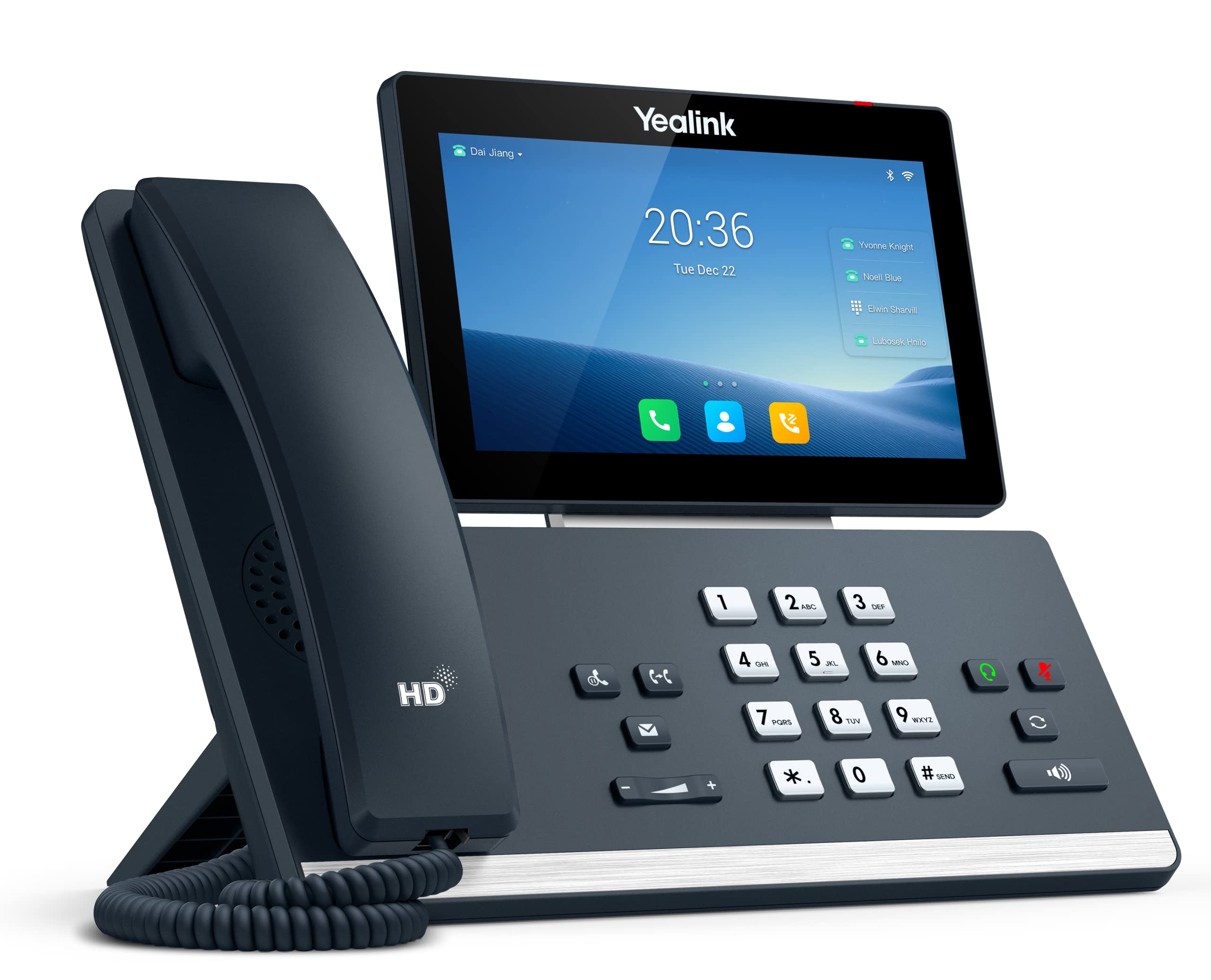In today’s competitive marketplace, sales teams must arm themselves with detailed knowledge about their competitors to win more deals. One of the most critical pieces of information is competitor pricing. Knowing how to find competitor pricing effectively can empower sales professionals to position their products better, negotiate confidently, and ultimately close more deals. This article explores practical strategies sales teams can implement to gather competitor pricing intelligence and use it to boost their success.
Why Finding Competitor Pricing Matters
Understanding competitor pricing gives sales teams a competitive edge. It allows them to:
- Position their offering effectively against alternatives
- Tailor pricing strategies that resonate with customers
- Anticipate competitor moves and counteract them
- Build trust by showing transparency and industry knowledge
Without knowing competitor pricing, salespeople often guess at what customers expect or settle for suboptimal pricing tactics, resulting in lost deals and reduced revenue.
Effective Ways to Find Competitor Pricing
Use Publicly Available Information
One of the easiest ways to find competitor pricing is through publicly available sources. Many companies list prices on their websites, especially in B2C sectors. For B2B products or services, pricing might be less transparent but can still be uncovered with a bit of effort.
- Company websites: Look for product catalogs, pricing pages, or downloadable brochures.
- Online marketplaces: Platforms like Amazon or industry-specific marketplaces often display competitor prices.
- Review sites and forums: Customer reviews and discussion forums can sometimes mention pricing details.
Leverage Market Research Tools
There are many market research tools designed to track and analyze competitor pricing data in real time.
- Price comparison tools: These scan multiple competitor websites to report price changes and promotions.
- Web scraping: Automated software can extract pricing information from competitor sites regularly.
- Analytics platforms: Tools like SEMrush or SimilarWeb provide insights on competitors, including pricing trends.
Sales teams can coordinate with marketing or intelligence departments to get access to these tools for continuous updates.
Engage Customers and Prospects
Another valuable source for competitor pricing is direct feedback from customers.
- Ask prospects: During discovery calls, salespeople can inquire about the prices they’ve seen from other providers.
- Customer surveys: Post-sale or periodic surveys can reveal what competitors’ pricing looks like.
- Win/loss analysis: Examining why a deal was lost can uncover competitor pricing advantages.
This approach not only helps find competitor pricing but also uncovers customer perceptions and priorities.
Analyze Industry Reports and Publications
Industry analysts and research firms regularly publish reports that include pricing benchmarks.
- Industry whitepapers: These often highlight market averages and pricing models.
- Trade associations: Membership organizations may distribute pricing data among members.
- Financial disclosures: For public companies, quarterly and annual reports sometimes reveal pricing strategies or revenue breakdowns.
Accessing these reports helps sales teams develop an informed picture of the competitive pricing landscape.
Mystery Shopping
Mystery shopping is a proactive method to gather firsthand pricing intelligence.
- Sales team members or third-party consultants pose as customers to request quotes from competitors.
- This technique works well for services or custom solutions where pricing is negotiated.
- It provides accurate, up-to-date pricing data and insight into the sales process competitors use.
Mystery shopping should be conducted ethically and within legal guidelines.
How to Use Competitor Pricing Data to Close More Deals
Tailor Your Value Proposition
Once sales teams find competitor pricing, the next step is to leverage this data effectively.
- Highlight unique features or superior service that justify a price difference.
- Show cost savings or ROI based on a detailed comparison.
- Position your product as the best overall value, not just the cheapest.
This nuanced approach builds credibility and shifts conversations from price alone to total value.
Prepare Pricing Objection Responses
Knowing competitor pricing helps salespeople anticipate price objections before they arise.
- Prepare clear explanations for why your price is higher or lower.
- Use competitor pricing data to demonstrate fairness and transparency.
- Offer flexible payment terms or bundled discounts when appropriate.
Well-informed responses increase buyer confidence and reduce deal friction.
Create Competitive Sales Collateral
Equip your sales team with materials that incorporate competitor pricing insights.
- Comparison charts that highlight strengths against competitor prices.
- Case studies showing successful customer outcomes despite higher prices.
- Pricing FAQs that proactively address common buyer concerns.
This collateral supports a more persuasive and consistent sales message.
Align Pricing Strategy Across Teams
When sales teams find competitor pricing, this intelligence should inform broader pricing strategies.
- Work closely with product management and finance to set competitive yet profitable pricing.
- Use competitor data to guide promotional offers or volume discounts.
- Adjust pricing dynamically in response to market changes.
Coordinated efforts ensure sales teams are aligned and confident in their pricing.
Monitor Competitor Pricing Continuously
Competitor pricing is not static. Sales teams must establish ongoing processes to track changes.
- Set up alerts or dashboards to detect price adjustments.
- Regularly update sales collateral and training based on fresh data.
- Review pricing trends in sales meetings to refine tactics.
Continuous monitoring prevents surprises and keeps teams agile.
Challenges in Finding Competitor Pricing and How to Overcome Them
Hidden or Complex Pricing Models
Some competitors use tiered pricing, bundling, or custom quotes that are hard to uncover.
- Use mystery shopping or direct customer feedback to penetrate opaque pricing.
- Analyze competitor proposals if available from lost deals.
Data Accuracy and Timeliness
Pricing can fluctuate frequently, so outdated data leads to poor decisions.
- Use automated tools where possible to gather real-time information.
- Validate pricing data through multiple sources.
Ethical Considerations
Ensure competitor pricing intelligence is collected ethically and legally.
- Avoid misrepresenting yourself or violating terms of service.
- Focus on publicly available or voluntarily shared information.
Best Practices for Sales Teams to Find Competitor Pricing
- Train sales reps regularly on how to gather and use competitor pricing.
- Foster collaboration between sales, marketing, and intelligence teams.
- Document competitor pricing insights centrally for easy access.
- Encourage a culture of curiosity and continuous learning.
- Use competitor pricing data to empower, not pressure, sales conversations.
Conclusion
For sales teams aiming to close more deals, the ability to find competitor pricing is a game changer. By leveraging multiple sources—public data, market tools, customer insights, industry reports, and mystery shopping—sales professionals can build a robust understanding of their competitive environment. When combined with strategic use of this information to tailor value propositions, respond to objections, and align pricing strategies, sales teams gain the confidence and agility needed to win more business. In a market where pricing battles are constant, mastering competitor pricing intelligence is essential for success.



